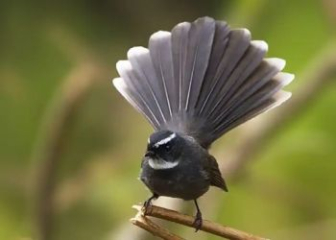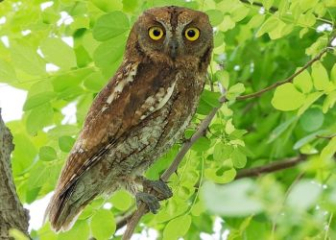Sun Conure - Learn about the brightest parrot in the world
Blog | by
Sun Conure, a parrot with a bright, eye-catching appearance, intelligent and attached to its owner. Learn more about its origin and care here.
Sun Conure (also known as Sun Parrot), a parrot species originating from South America, stands out with its bright colors like the sun, intelligent, affectionate and very attached to its owner. This pet parrot promises to bring a lot of energy and excitement to its owner because of its liveliness and "impressive" cry.
In the article below, let's learn more about the origin, personality and care of nicebirds Sun Conure parrots !
Origin, distribution & habitat of Sun Conure parrots
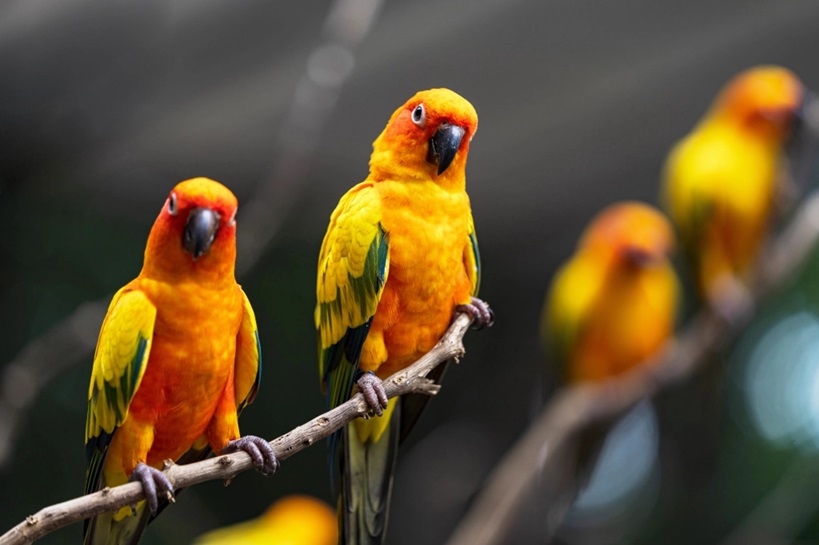
Sun conures are native to South America.
Sun Conure parrot scientific name is Aratinga solstitialis, Vietnamese name is sun parrot, is a parrot species originating from South America, specifically in the countries located in the north of this continent.
They were first scientifically described in 1758 by Carl Linnaeus. The name “solstitialis” is Latin for “of the summer solstice”, referring to the Sun Conure’s brightly colored plumage that resembles the summer sun.
Currently, Sun Conure parrots are usually only naturally distributed in northern South America, specifically as follows:
- South Guyana
- Coastal Guiana (France)
- Northern Brazil
- Venezuela
Sun connures live mainly in humid tropical rainforests, where there are many tall trees suitable for shelter and nesting, they usually live in the middle and upper layers of the canopy.
Currently, due to increasingly serious deforestation, the habitat of Sun conures is increasingly narrowed, combined with illegal trade to serve the needs of pets in many countries, so the number of Sun conures in the wild is increasingly seriously reduced.
Sun Conure Parrot Appearance

A sun conure with colorful feathers.
The sun conure is one of the most colorful and impressive parrots. Let's learn more about the appearance of this parrot through the description below!
- Size : About 30 cm (including tail)
- Weight : About 110 grams
- Shape : Compact, firm, balanced.
- Tail : Long, slightly pointed at the end, olive green in color
- Eyes : Round, black, with white rim around the eyes
- Beak : shiny black, curved and very strong.
- Legs : Gray or black.
- Colorful : The whole body is bright yellow, the head and neck are orange or deep orange, the tail and wing feathers have additional blue, green, the belly and lower chest are yellow to light orange.
- Gender discrimination : It is difficult to distinguish gender by appearance because males and females are similar in size and color.
- Color of juveniles : The plumage is mainly green, yellow, orange-red on the back, belly and head only appears in adult parrots.
Sun Conure parrot behavior and habits
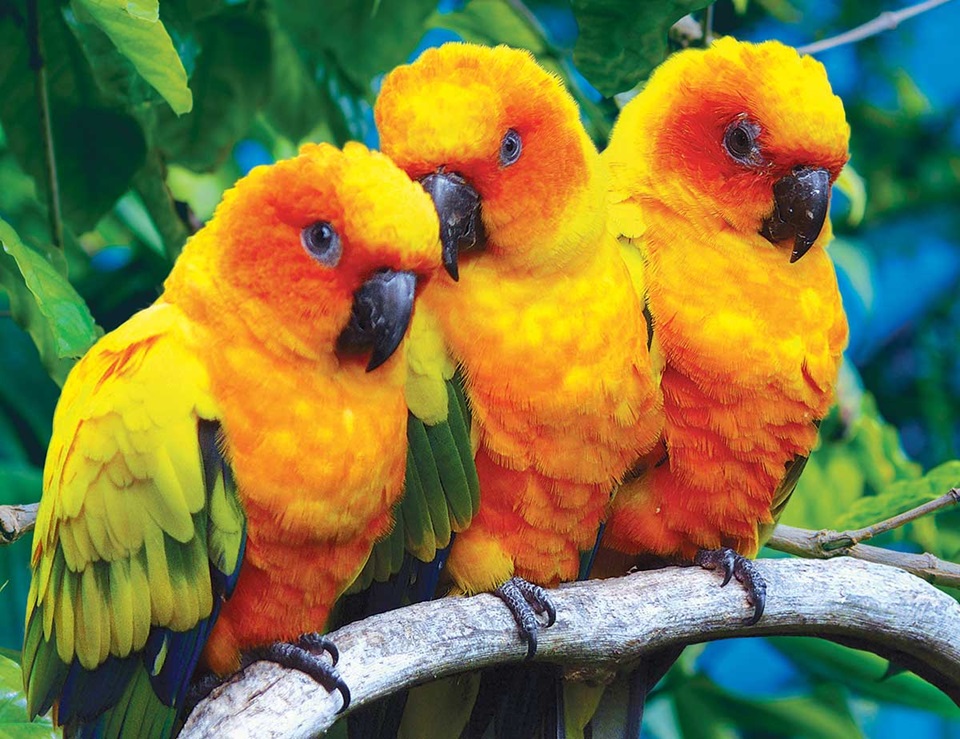
The sun conures are perched together.
Below are the typical behaviors and habits of Sun conures. Let's find out if their personalities are any different from other pet parrots.
Friendly, affectionate
Sun conures are one of the most affectionate and attached parrots to humans. They show their affection by snuggling into the neck, shoulder or hand of their owner. Besides, they are also very "attached to their owner", like to follow their owner closely, like to be cuddled and stroked. If they are "ignored" for a long time, they can feel "angry" and even depressed.
Loud and persistent
Sun Conure is not a “quiet” parrot because they have very loud and persistent calls, especially when they are hungry, want to attract attention or warn, lost from the flock,... Especially when the sun conure also makes very loud noises. Only when foraging do they temporarily quiet down for a moment. So if you live in an apartment or a place that requires quiet, you should consider before raising this parrot.
Able to imitate human speech but not well
Sun conures can mimic some simple words, but they are not really good at talking like their African Grey or Macow cousins. They usually communicate through vocalizations rather than human speech.
Intelligent & Trainable
Sun Conures are quite intelligent and enjoy intellectually stimulating games such as color puzzles and object recognition.
In particular, if properly trained from a young age, this parrot will be very obedient and can follow many human commands.
Like to live in a pack
In the wild, sun conures like to live in flocks, usually 10-30, and can even number up to a hundred. In captivity, you should keep them in pairs, and if you keep them alone, you need to spend a lot of time “interacting” with them.
Daily activities
Sun conures have a fairly scientific "living" schedule. They are often active during the day, especially in the morning and afternoon. They need to sleep 10-12 hours a night and like to bathe in water or sunbathe.
How to raise & care for Sun Conure parrots
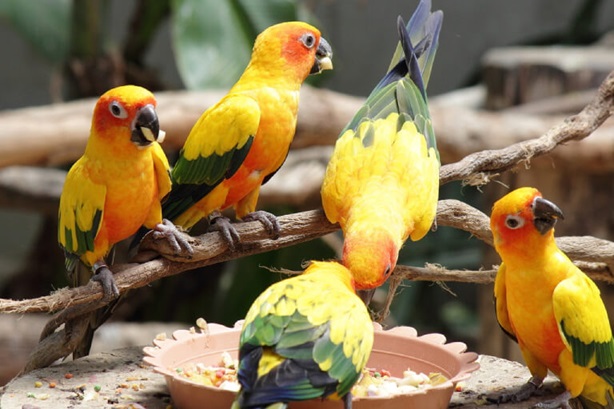
The sun conures are eating seeds.
If you want to raise a sun conure but don't know where to start, please refer to the detailed care and raising instructions we share below to successfully "conquer" this brilliant pet parrot!
How to choose a baby Sun Conure
First, to be able to raise the healthiest sun conure, you need to choose the right baby parrot. You should only choose parrots that meet the following criteria:
- You should choose the biggest and strongest one in the herd.
- Do not choose the ones that just lie still, have their necks retracted, and are half-closed.
- Choose young parrots with evenly grown feathers, not frayed, not wet, rosy skin, no scratches, bright, round, flexible eyes.
Preparing a cage and living environment for a Sun Conure parrot
After choosing a satisfactory sun conure, you need to prepare a cage with a suitable environment to help them quickly adapt and develop well with the conditions of raising them. Note the following:
- Size : Minimum 60 x 60 x 80 cm (length x width x height) for 1 fish, if raised in pairs or semi-naturally, a larger cage should be chosen.
- Spacing : Approximately 1.5 cm apart.
- Equipment in the cage : Needs natural wooden perches, cross toys, bells, ladders, litter trays, food and water bowls,...
- Cage location : Should be placed in an airy place with lots of indirect light, avoid direct wind, avoid places with loud noises, smoke, dust,...
What do Sun Conures eat?
Like most other parrots in the family, Sun Conures are usually vegetarians, they like to eat seeds and fruits, specifically as follows:
- Main food : millet, sunflower seeds,...
- Supplemental foods : vegetables such as carrots, spinach, cauliflower, pumpkin,... fruits such as apples, bananas, grapes, mangoes, watermelon,...
- Drinking water : Need to provide enough clean water, change it every day, can give more diluted electrolyte water.
- Foods to avoid : Chocolate, butter, onions, garlic, alcohol, spicy foods,...
Clean the cage and bathe regularly
To help your Sun Conure have a clean living environment, a fragrant body, and no bad odor, you need to clean the cage and bathe your parrot regularly, specifically as follows:
- Bathe your parrot 2 - 3 times a week.
- Clean the cage every day, change the litter tray, clean up the feces, change the water, and remove excess food.
- The entire cage should be cleaned once a week.
Interact and Train Sun Conure Parrots
Sun conures are very “attached” and affectionate, so when raising them, you need to spend a lot of time interacting and training them to make them feel happier, more excited and more active. Please note the following to make interaction and training more effective.
- Every day you need to spend 1 - 2 hours talking and interacting with your parrot.
- You can let them out of the cage and fly around the house to release energy.
- Use brain teasers and change them up regularly to keep things fresh.
-
Teach basic commands like step up, go to the toilet in the right place, turn around,...
Sun Conure Health Care
One important thing to help your sun conure stay healthy, live long and grow well is that you need to pay attention to their health care. Specifically as follows:
Daily health monitoring :
- It is necessary to observe the parrot's behavior, appearance, droppings and eating ability to detect early signs of abnormalities.
- Some unusual signs to watch out for: Not eating, eating less, ruffled fur, lack of energy, wheezing, shaking head, sneezing, strange colored stools, strange smell,...
Proactive disease prevention :
- Deworming 1-2 times per year.
- Avoid letting parrots come into contact with strange birds. If you get a new parrot, quarantine it for 1-2 weeks.
- Clean your living environment regularly.
- Spend a lot of time caring for and interacting with your parrot.
- Get regular checkups as recommended by your veterinarian.
How much does a Sun Conure cost?
Currently, in the Vietnamese bird market, the price of sun conure parrots fluctuates quite a lot, depending on age, appearance, origin and tameability. Right below, we have compiled the most popular price list, if you are interested, let's find out now!
|
Sun conure parrot |
Reference price (VND/piece) |
Note |
|
Sun conure chick |
3,000,000 - 4,500,000 |
Young birds from 2 - 4 weeks, not able to feed themselves |
|
Sun conure parrot knows how to eat |
4,500,000 - 7,000,000 |
Baby parrots can eat by themselves but are not yet domesticated. |
|
Tamed Sun conure |
6,500,000 - 9,000,000 |
Parrots have been trained in basic |
|
Sun conure rare color, mutation |
Over 10,000,000 |
Rare colors like full yellow, orange red, pineapple,... |
When raising a sun parrot, in addition to the initial cost of buying the bird, you need to prepare some of the following expenses:
- Cage : 500,000 - 2,000,000 VND depending on type, may be more expensive.
- Toys : From about 300,000 - over 1 million VND.
- Seed food, fresh fruit : About 300,000 - over 500,000 VND per month.
- Health check-up, deworming : About 200,000 - 600,000 VND each time.
Sun Conure FAQ
Can Sun Conures talk?
Yes, however their ability to “mimic” speech is quite limited, not as good as the African grey parrot.
How long do Sun Conures live?
Average 25 - 30 years if well cared for in ideal conditions.
How old are baby Sun Conure parrots when they know how to eat?
At 6 - 8 weeks old (about 1.5 - 2 months), Sun Conure parrots will automatically start to peck at food.
Beautiful Sun Conure Parrot Pictures
Please enjoy some beautiful, radiant sun conure pictures shared below to fully appreciate the beauty of this colorful, beloved parrot.
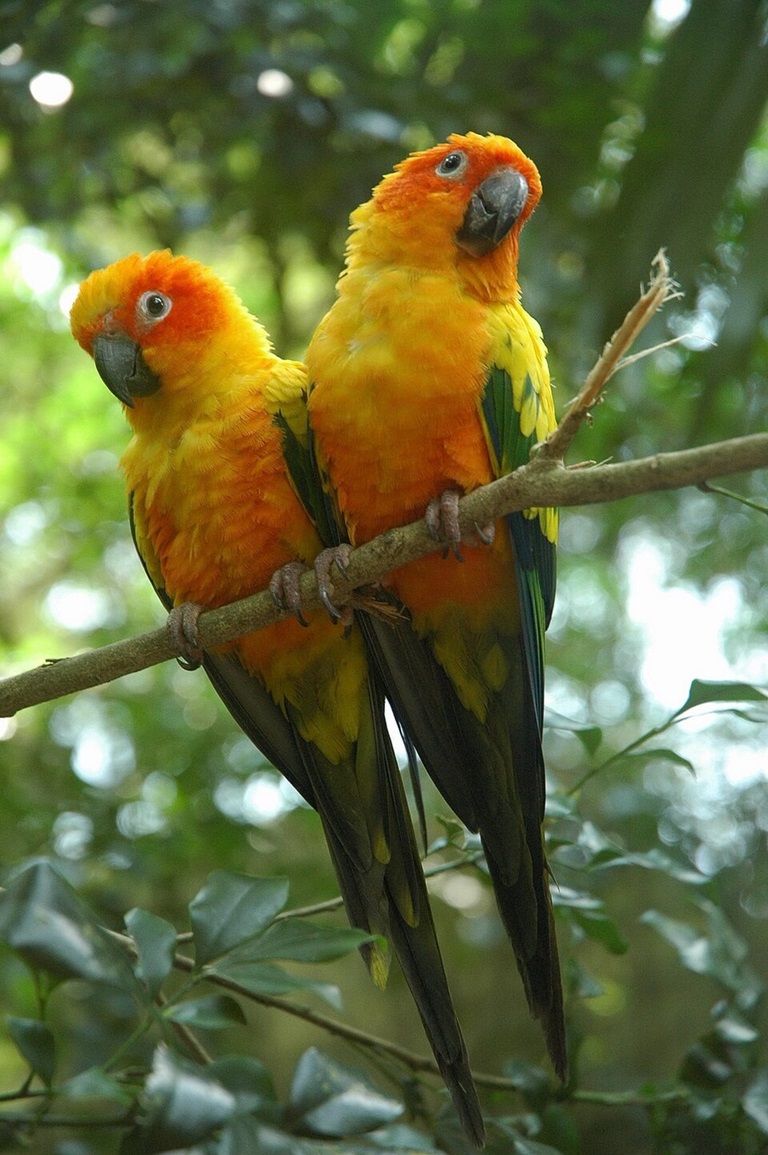
Two sun conures are perched on a tree branch in the wild.
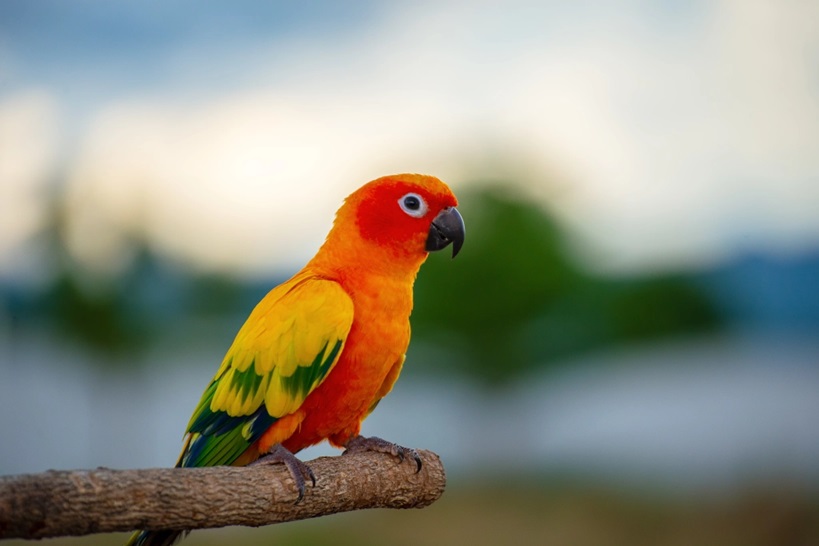
A Sun Conure parrot with eye-catching appearance.
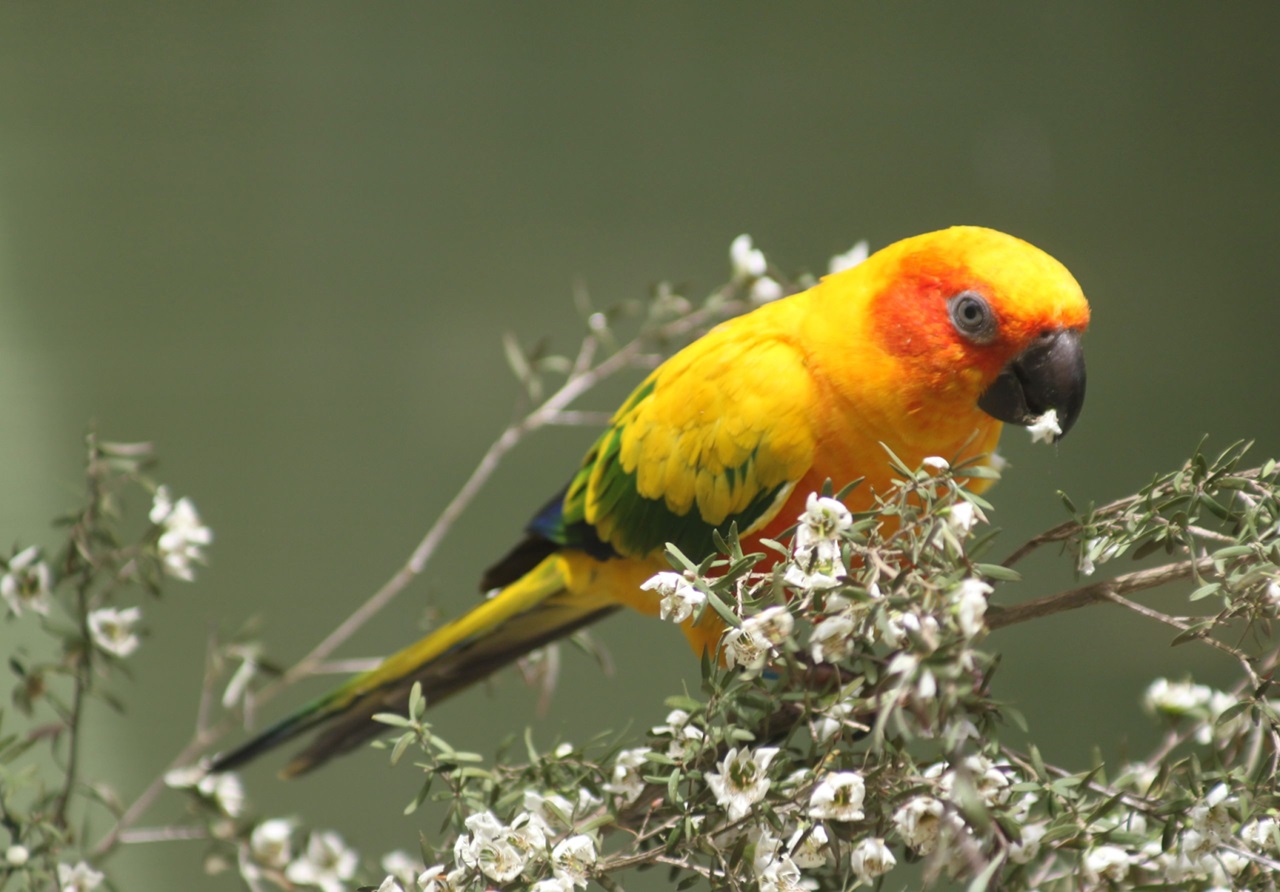
Photo of Sun Conure pecking at flowers in the wild.
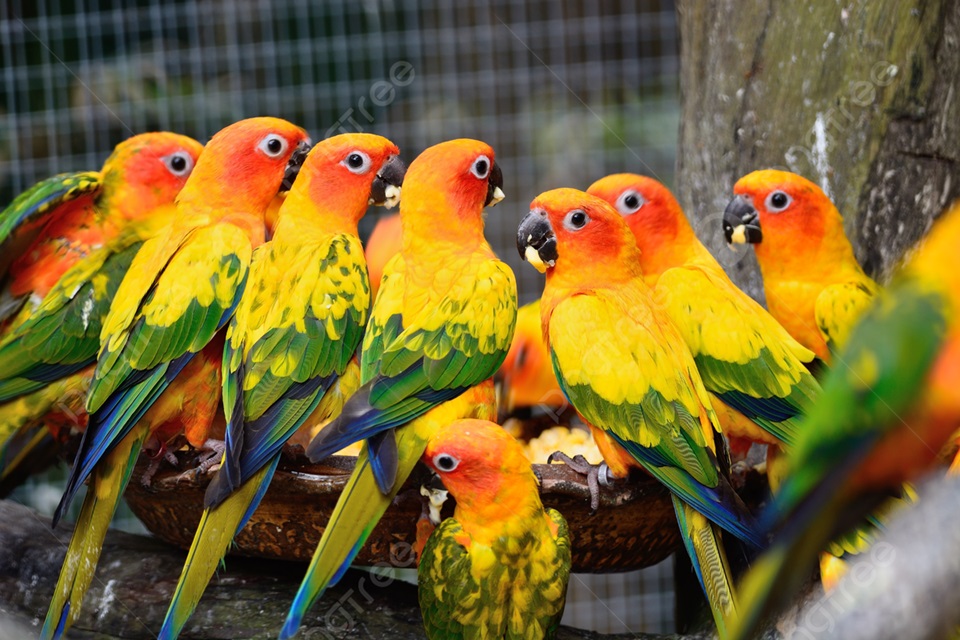
A flock of sun conures are eating seeds.
Above, nicebirds.net has shared with you a lot of information about the Sun Conure , one of the most colorful parrots. If you want to own a bird with a beautiful appearance, affection, attachment to its owner and intelligence, the Sun Conure is a perfect choice.
Don't forget to follow our Blog section to learn more about other beautiful, unique and popular bird species in the world.

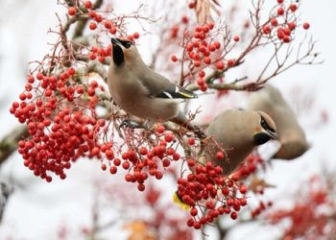

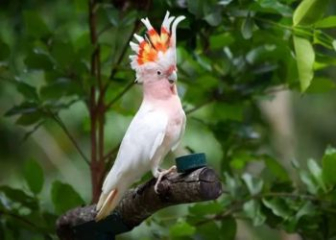
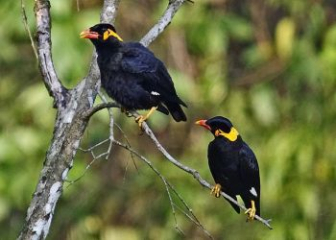
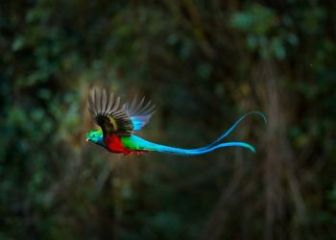





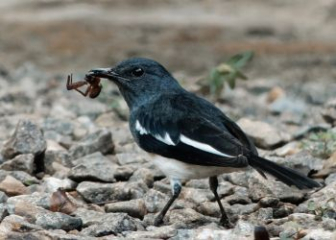
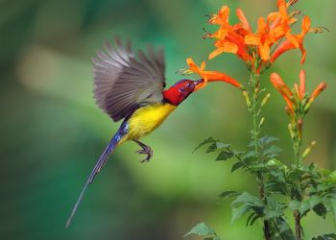


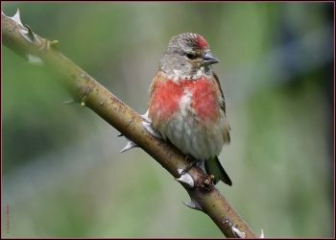
_350x250.jpg)
